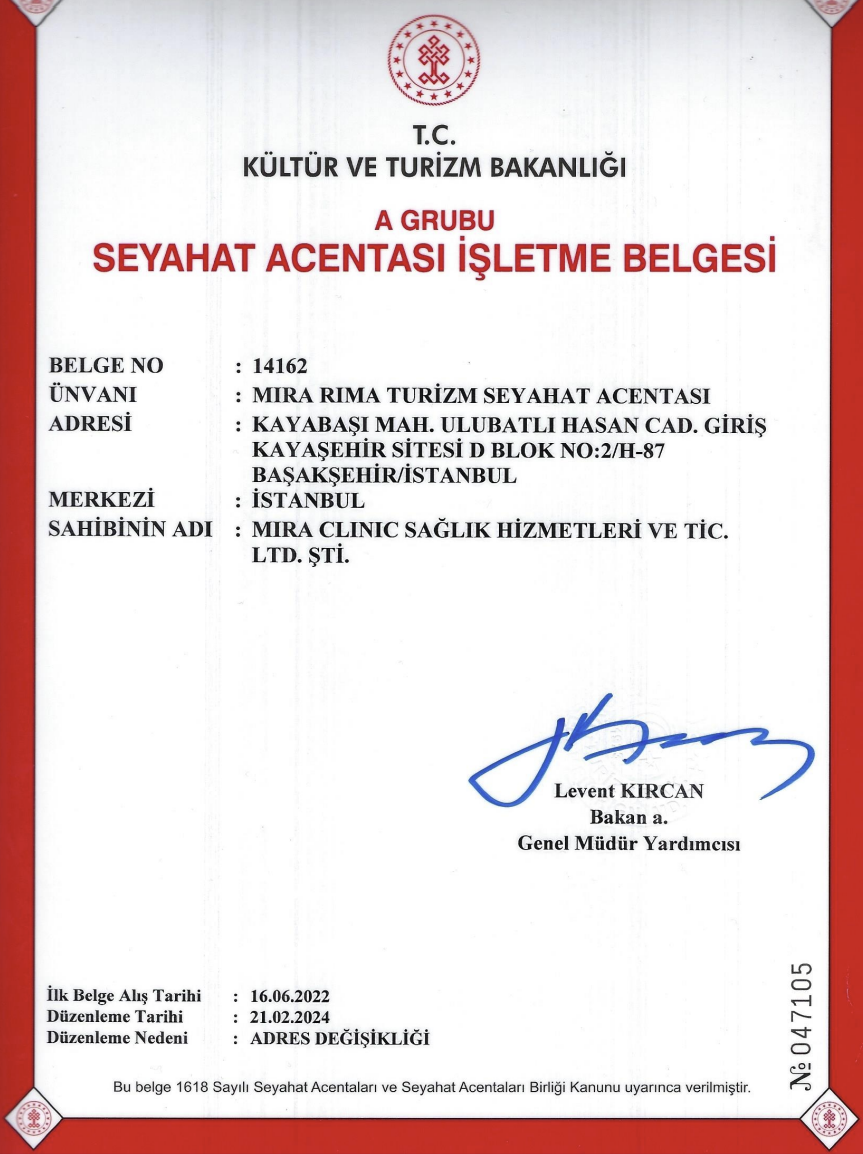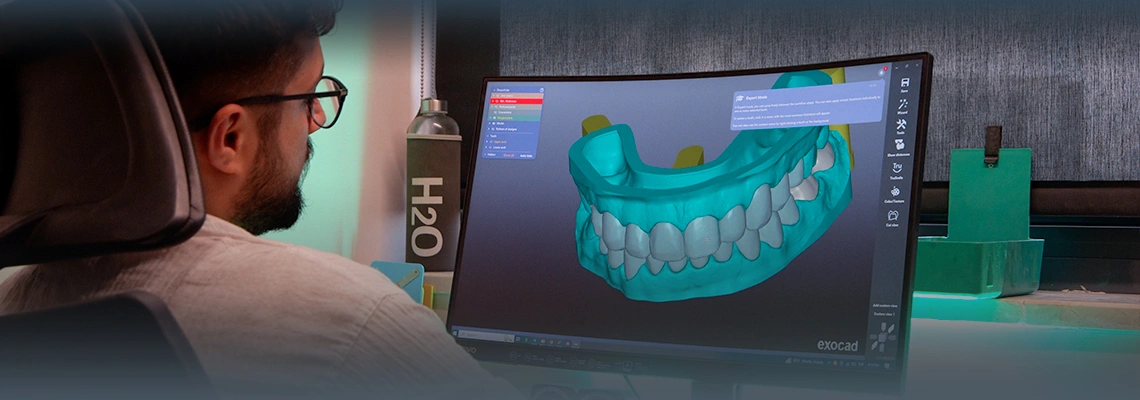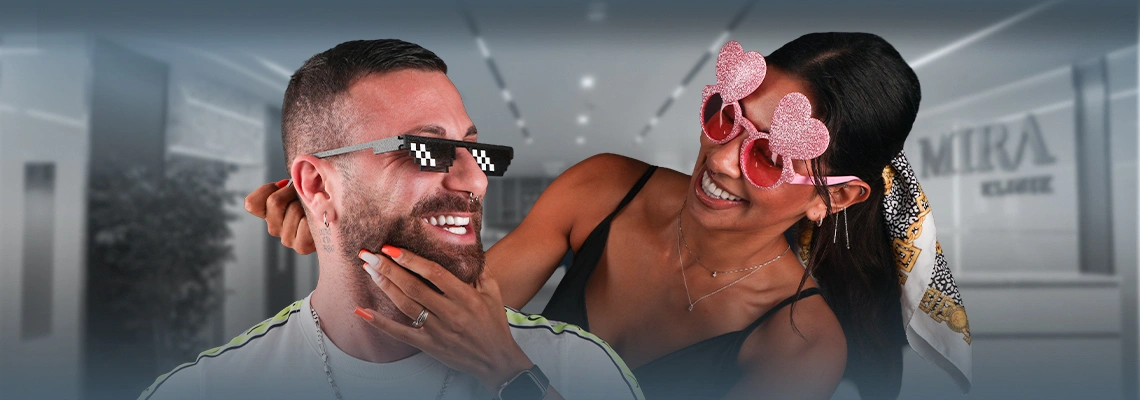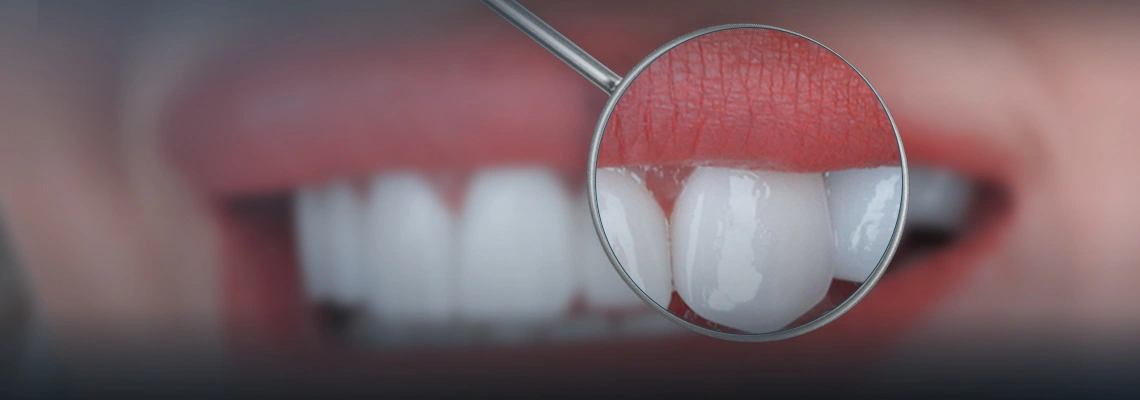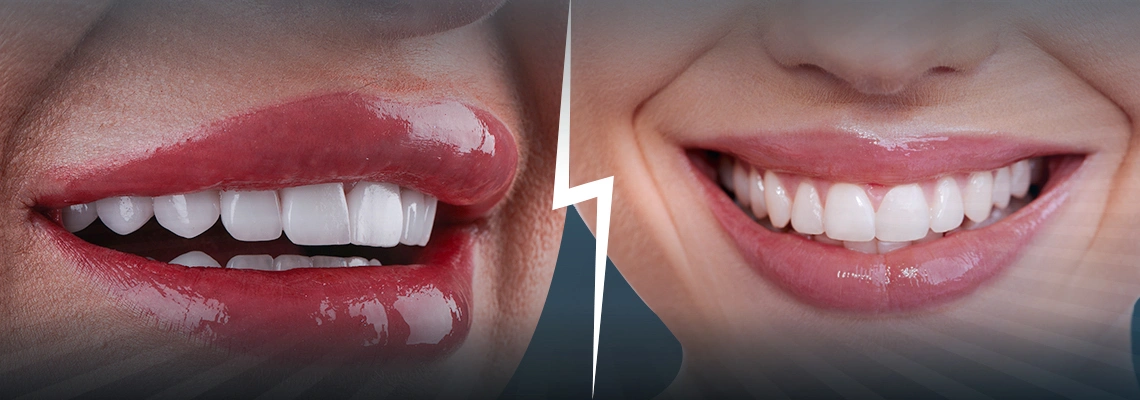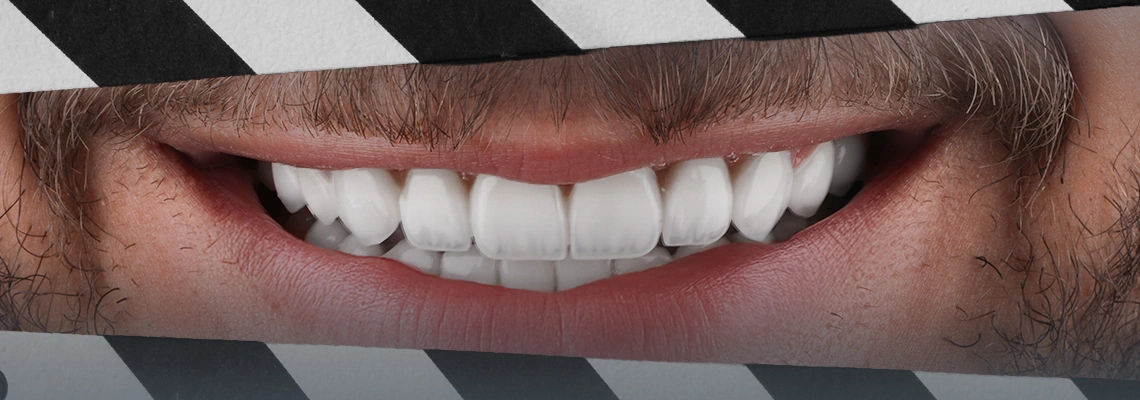Table of contents
- Hair Transplant
- hair problems
- What is the hair transplant process?
- Before the hair transplant operation
- hair transplant methods
- Slide effects of hair transplant
- Non-surgical extraction method
- Follicle cultivation stage
- Hair Transplant Results
- After the hair transplant operation
- Hair transplantation and smoking
Hair Transplant
Hair is a manifestation of beauty, so when the hair begins to fall out, many problems appear, and if they are not treated quickly; The problem is increasing to put before us hair transplantation as a last resort. Hair transplantation is one of the most important, latest and most famous operations that have appeared on the scene in the recent period to overcome hair problems that cause embarrassment and lack of self-confidence.
We put in your hands an article that contains everything related to hair transplantation in terms of what is the process of hair transplantation, what are its different techniques, the expected cost, the best doctors and clinics for hair transplants, all of this and more through your readers of the following article.
Hair problems
Of course, women and men care about their beauty alike, but the problem is exacerbated for women, as beauty is more important to them by nature than men, and from God’s mercy, hereditary baldness affects men mostly, and rarely affects females, as it occurs as a result of excessive sensitivity to the male hormone, and can Treat it with some medical preparations such as “Rogaine”, but these preparations remain a temporary solution with limited results.
As for non-hereditary hair loss, its percentage has increased at the present time, and the percentage in women has also increased significantly, becoming close to the percentage of genetic baldness in men, and its causes are due to psychological and nervous disorders, or lack of nutrients, or chronic physical diseases as happens in cases of patients Hypothyroidism, as well as in patients treated with chemical preparations, can also occur after burns and wounds.
What is the hair transplant process?
It is a procedure in which the doctor transfers the hair roots from the donor area, which is usually the back of the head, to the areas affected by baldness. The problem of hair loss can be overcome by treating its causes, taking enough rest, taking important vitamins to strengthen hair, and treating the causative disease. There is no result, whether in cases of genetic or non-hereditary baldness, the ideal and final solution is hair transplantation. The hair transplant process takes place in several stages, namely:
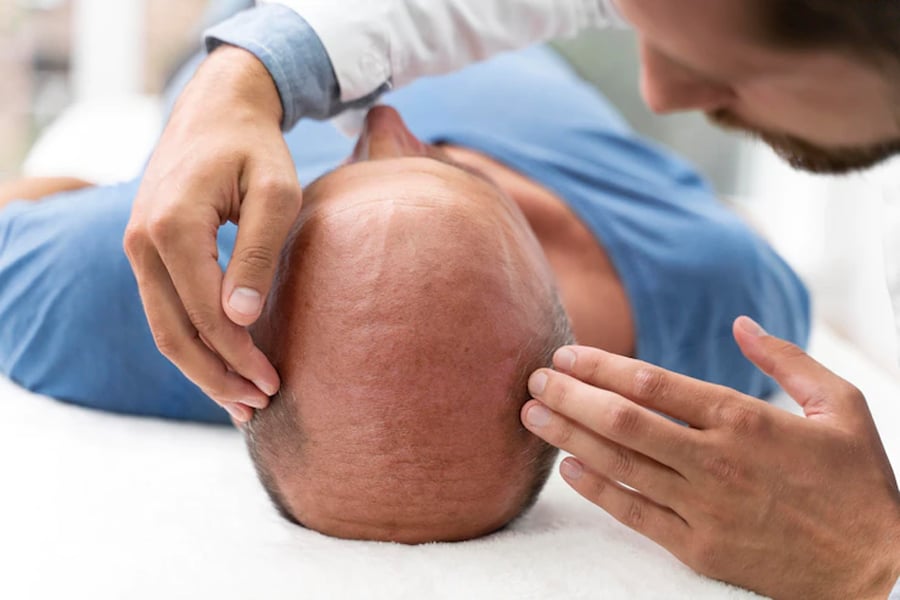
Preparing the patient for the operation
anesthesia stage
Extraction of follicles
Separation of follicles or slices
Follicle cultivation stage
Before the hair transplant operation
The patient is prepared before the operation in several successive steps to check on his health and to know the extent of the success of the operation, as follows:
The specialist doctor conducts a comprehensive examination of the patient, and opens a medical file for him in which he writes everything that concerns the patient medically, if he is being treated for a disease, or is allergic to any medical preparation
The doctor assesses the patient's susceptibility to bleeding, and if one of his family members suffers from a genetic disease, and this is a medical axiom before any surgery.
All procedures are reviewed on the day scheduled for the operation, and you can ask the doctor about all your concerns about the operation.
The doctor performs a comprehensive cleaning of the scalp, redrawing the hair, and adding other signs that help him during the operation
After that, the actual steps of the operation begin by taking some painkillers to relax, and then numbing the target area.
Hair transplant methods
1 - Anesthesia stage
A local anesthetic is used at the implant site, and then a device is placed that applies a high frequency of vibrations to the skin to reduce the sensation of the injection, and this is medically known as vibration anesthesia, which is very enough to make the patient not feel any pain during the procedure.
The process of extracting natural hair follicles is carried out in two ways
Slide hair transplant
A small slice is taken from the back of the head (the donor area)
Cut into very small slices
Each slice contains only one or two hairs, and this is done under a special microscope
The wound is completely closed so that no trace is visible.
Follicular Unit Transplantation is somewhat painful after the procedure, and leaves a small scar behind, depending on the elasticity of the scalp, but without any swelling in the area.
Non-surgical extraction method
Follicular Unit Extraction is the newest and easiest method that is currently being used. This method is not painful, and does not leave any traces or scars on the scalp.
The follicles or micrografts “kraft” are extracted one by one using modern devices measuring 1 mm from the donor area
After that, the bulbs are separated, cleaned, and placed in a saline solution to preserve them until they are transplanted.
The area heals immediately
Within 48 hours, a person can lead a normal life
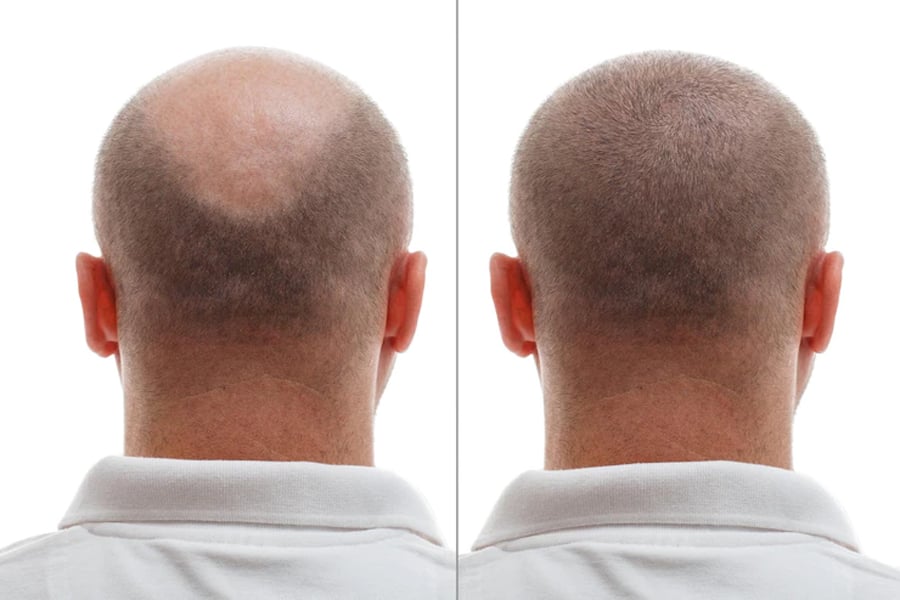
The stage of follicle cultivation
After obtaining the hair required for transplantation by any of the two methods, it is transplanted in one way through
Make very small holes in the affected part
The number of holes ranges from hundreds to thousands of holes depending on the size of the part to be planted.
The process takes a relatively long time, from four to six hours
The follicles are transplanted one by one
The operation usually takes place in one session, during which a number of follicles ranging from two thousand to seven thousand hairs are transplanted, which is usually sufficient for a person, unless his head is completely free of hair.
Hair Transplant Results
After the operation, you may be surprised by hair loss in the first stage, before the transplanted follicles grow again and hair begins to appear.
The hair covers the place that was transplanted again within a month or two, and within six months the hair grows completely to return to its normal length.
The transplanted hair looks as if it were natural, especially if the person follows a healthy diet, and takes care of it by applying and using the necessary medical preparations and creams.
Hair can be shaved and styled after six months of the operation just as if it were natural.
After the hair transplant operation
Avoid hitting your head on anything.
- Sleep in a semi-upright position on the first night after the operation, and two pillows should be used to elevate the head during the first three days after the operation.
- Avoid touching your transplanted hair for one to two days after surgery
- And if you want to comb your hair, avoid the transplanted area so that it is not affected before the new hair grows.
- You should use a solution in the form of a spray at home that helps new hair to grow in the transplanted area every half an hour on the first day after the procedure.
- You should go to the specialist the next day to remove the bandages.
- Stop taking aspirin and alcoholic beverages for three days after surgery.
- Avoid strenuous exercises such as swimming, lifting weights and others for a week after the operation.
- You should also avoid using irons and hair dryers for a week or two.
- You should also use a new hairbrush other than the old one, at least for the first two weeks after the procedure.
- Do not take pain relievers other than those prescribed by the doctor, as pain-relieving medicines are taken every four or six hours when needed.
- Oral antibiotics are also taken three times a day after eating for two to three days.
- The doctor is reviewed two days after the operation to wash the hair, and then it is washed daily at home with cold water and a light foam using a medical shampoo.
- You should avoid direct exposure to the sun so that the wound does not swell, and you can wear a hat provided that it is loose.
Bleeding in the donor area is considered normal, although its incidence does not exceed 1% of cases. In this case, a thin layer of gauze is placed and pressure on it for 10 minutes.
The sutures are removed from the donor area after a period estimated from ten days to three weeks, according to the discretion of the treating physician
Hair transplantation and smoking
If smoking affects the health of all body systems and tissues, it also affects the health of natural hair, so how does it affect the transplanted hair? Smoking leads to narrowing of blood vessels, thus reducing the distribution of oxygen that cells need to complete their life, which leads to a delay in the growth of transplanted follicles, and delay in wound healing, as the effect of smoking is known on all types of wounds, and may even lead to the death and damage of transplanted follicles, Smoking also increases the incidence of infections and infections after the operation, so the person who wants to undergo a hair transplant operation must stop smoking two weeks before the operation and two weeks after the operation, and it is preferable to stop smoking completely so that his money is not wasted in vain, but rather his money is returned to him in a way that harms him.


